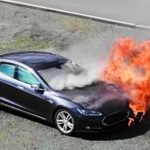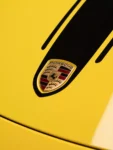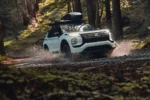A British couple, Chris and Julie Ramsey, recently completed a nearly 10-month transcontinental adventure from the North Pole to the South Pole.
Notably, accompanying the Ramsey couple on this 30,000 km journey through 14 countries was the electric crossover, Nissan Ariya. This is also the first car in the world to successfully complete this long journey.
The trip was planned by the two explorers since 2017, after they completed a 10,000 km route with a Nissan Leaf in the Mongol Rally endurance race.
In order for the Nissan Ariya electric car to withstand the harsh journey, they reinforced the frame and expanded the undercarriage to accommodate the large BF Goodrich 39-inch tires for travel in snowy regions. The car’s motor and battery specifications remained the same.
The increased weight from equipment and luggage reduced the car’s range from the theoretical 437 km to an average of about 250 – 300 km per charge.
When moving through cold climate zones, to protect the battery from being affected by the temperature, the explorers had to cover the undercarriage and radiator with insulating snow, and even set up a dedicated tent for the car to rest overnight.
Regarding charging the car, the Ramsey couple plugged in at any building or location with suitable charging stations. In addition, they used solar energy panels installed on the car roof and a 5kW wind turbine in remote areas away from residential areas.
If there was still insufficient energy supply for the car, they had to rely on a generator.
Despite the freezing temperatures of -39 degrees Celsius, the couple did not use the heating system. They wanted to save energy as much as possible. As a result, the interior of the Nissan Ariya sometimes even froze. They had to use an ice scraper on the windows to see the road.
While traveling through the Americas, the adventurous couple received support from energy companies that provided charging stations along the way, such as the Enel X Way in the Central and South American regions.
TH (Tuoitrethudo)


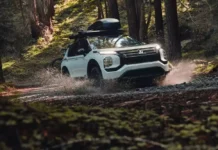
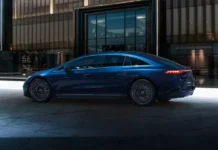






















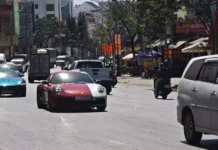
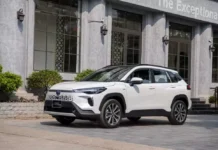
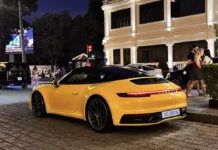
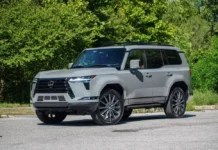
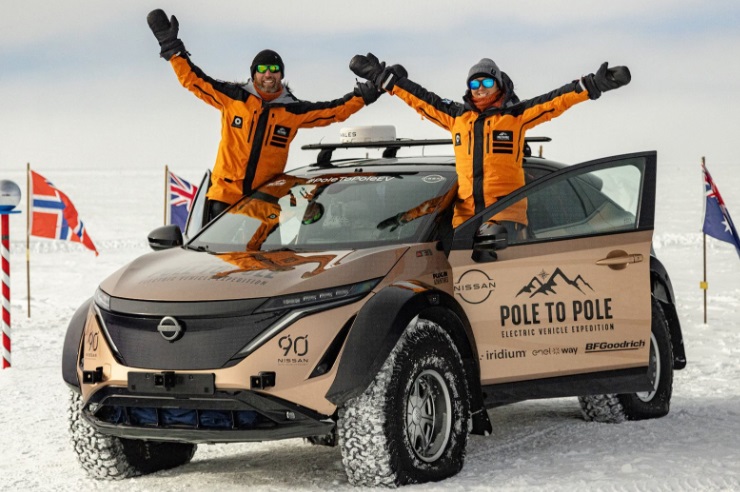
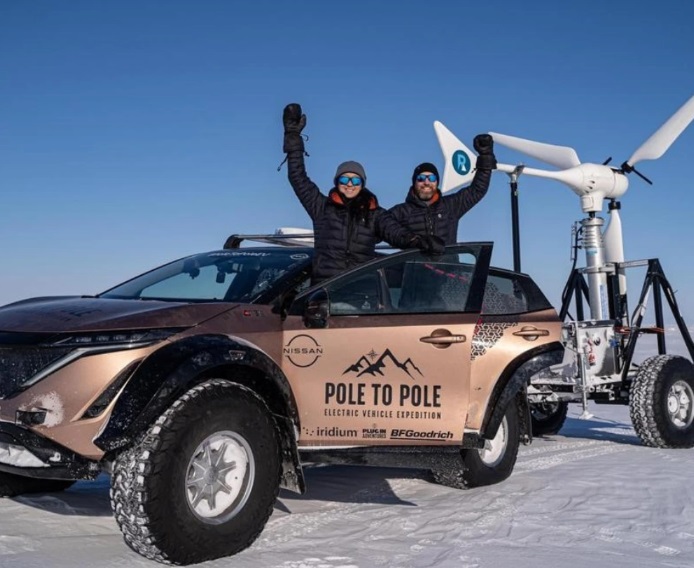
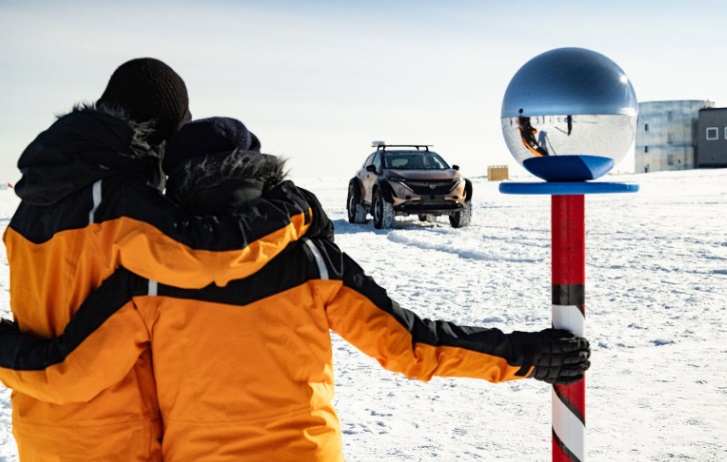
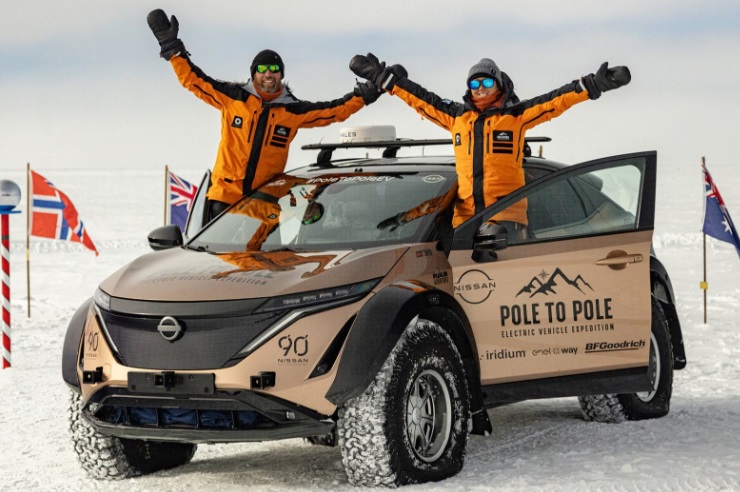
![[CAR REVIEW] The Newly Launched BMW iX3 in Vietnam: Compact, Practical, and Expensive](https://vnauto.net/wp-content/uploads/2023/10/xehay-bmwix3-01082023-9-150x150.jpg)
![[QUICK REVIEW] VinFast VF5: Extremely Affordable, Spacious, and Well-Equipped](https://vnauto.net/wp-content/uploads/2023/10/Xehay_VF5plus_21042318-150x150.jpg)
![[CAR REVIEW] User Reviews of VinFast VF 9: Stylish, Luxurious, Smooth Ride, and Perfect for Families](https://vnauto.net/wp-content/uploads/2023/10/xehay-vinfastvf9-09092023-12-150x150.jpg)
![[CAR REVIEW] Wuling Mini EV: Affordable, Compact, Convenient, but…](https://vnauto.net/wp-content/uploads/2023/10/xehay-wulingev-16062023-8-150x150.jpg)
